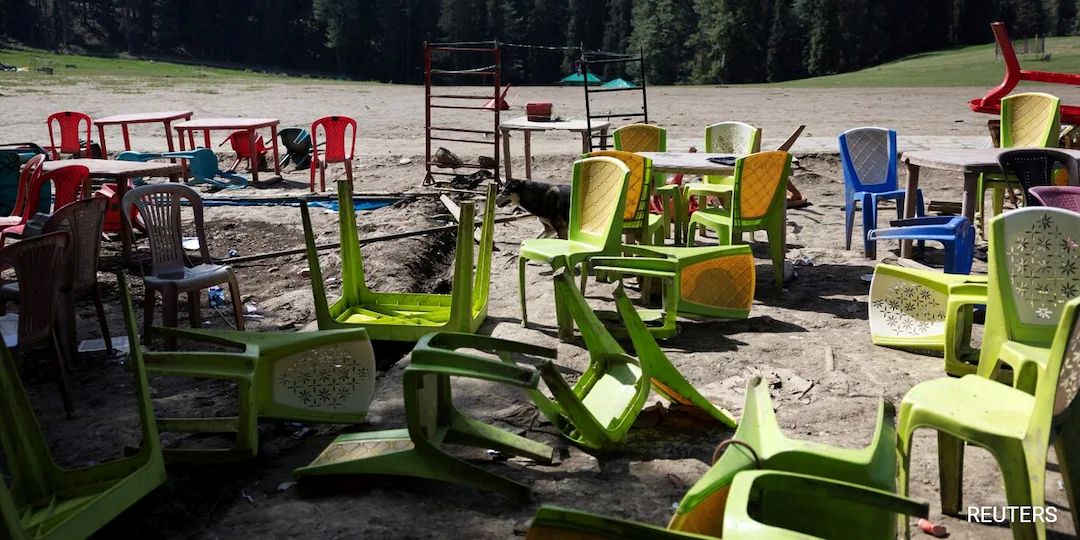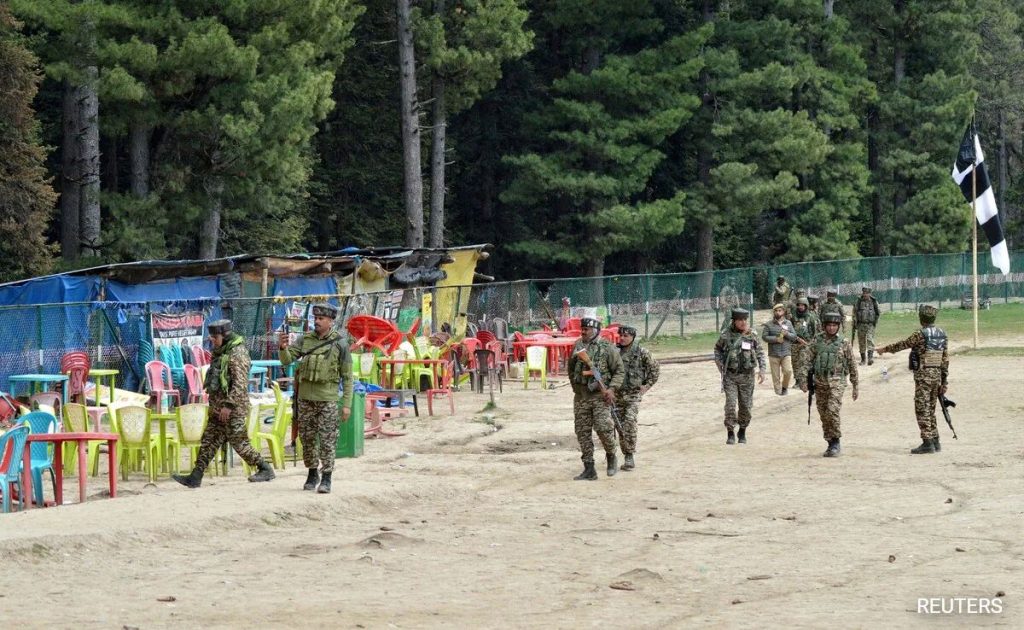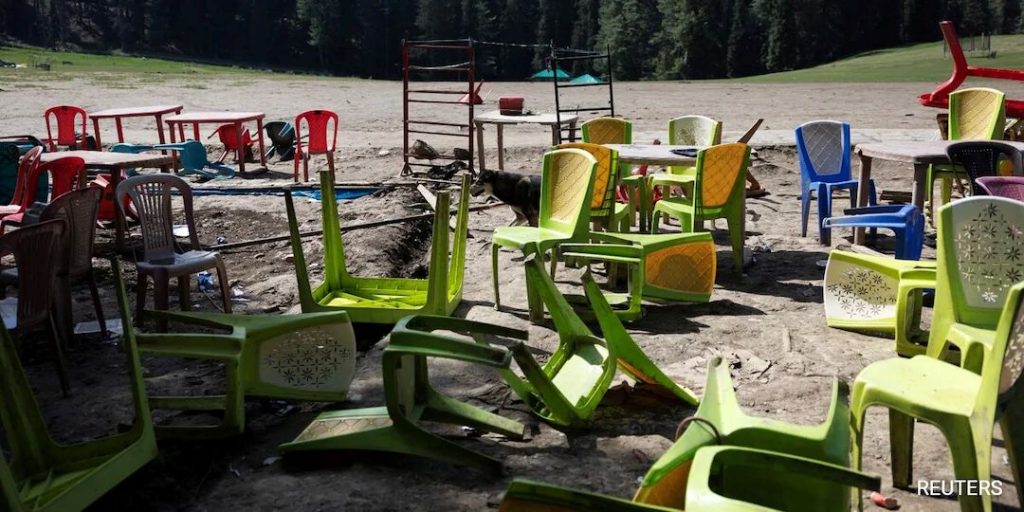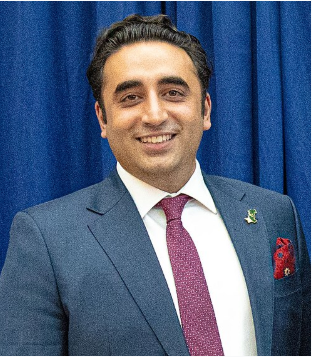
Safety Mock Drills in Pahalgam: A Step Towards Enhanced Civil Defence Preparedness
In the wake of rising India-Pakistan tensions following the recent Pahalgam terror attack, the Indian government has intensified efforts to bolster civil defence preparedness. The Ministry of Home Affairs (MHA) has announced large-scale safety civil defence mock drills scheduled for May 7 across sensitive regions, including Pahalgam in Jammu and Kashmir. These drills aim to train civilians, students, and security personnel in emergency response protocols, ensuring swift action in case of terror threats or cross-border hostilities.
Why Are These Civil Defence Mock Drills Crucial?
The decision to conduct safety mock drills comes after a series of security challenges, including unprovoked firing along the Line of Control (LoC) and the recent Pahalgam terror attack, which underscored the need for heightened vigilance. The civil defence preparedness initiative focuses on:
- Training Students and Civilians – Schools and local communities will participate in evacuation rehearsals.
- Rehearsing Evacuation Plans – Authorities will test emergency response mechanisms.
- Strengthening Coordination – Security forces and disaster management teams will work in sync.
- Public Awareness Campaigns – Educating residents on safety protocols during crises.
- Assessing Infrastructure Readiness – Hospitals, shelters, and communication networks will be evaluated.
With India-Pakistan tensions remaining high, these safety mock drills are not just routine exercises but a critical measure to safeguard lives.
Pahalgam on High Alert: How the Civil Defence Mock Drills Will Work
1. Training Students for Emergency Situations
Schools and colleges in Pahalgam and surrounding areas will conduct evacuation drills, teaching students how to respond during terror attacks or shelling incidents. Given the volatile situation along the LoC, preparing the younger generation is a key aspect of civil defence preparedness.
2. Rehearsing Evacuation Plans in Vulnerable Zones
Residents in border villages will participate in mock evacuations to designated safe zones. The safety mock drills will simulate scenarios like:
- Sudden cross-border firing
- Terror infiltration attempts
- Medical emergencies during crises
3. Security Forces and Civil Administration Coordination
The MHA has directed police, National Disaster Response Force (NDRF), and local authorities to ensure seamless coordination. The Pahalgam terror attack highlighted gaps in real-time response, making these drills essential.
4. Public Awareness on Survival Protocols
Workshops will educate locals on:
- First-aid techniques
- Safe shelter locations
- Emergency contact numbers
- Handling suspicious activities
5. Testing Communication and Medical Infrastructure
Hospitals and emergency services will undergo stress tests to ensure they can handle mass casualty situations—a critical need given the persistent India-Pakistan tensions.

India-Pakistan Tensions: The Backdrop of the Pahalgam Terror Attack
The recent Pahalgam terror attack has further strained relations between India and Pakistan. Reports indicate that terrorists backed by Pakistan-based groups infiltrated the region, leading to clashes with security forces. Meanwhile, unprovoked firing across the LoC continues, putting civilians at risk.
The United Nations Security Council (UNSC) has discussed the escalating situation, but diplomatic resolutions remain slow. In this tense environment, India’s focus on civil defence preparedness through safety mock drills is a proactive step to minimize civilian casualties.
What Experts Say About Civil Defence Preparedness
Security analysts emphasize that safety mock drills are no longer optional but a necessity. Retired Army General Rakesh Sharma stated:
“Given the persistent India-Pakistan tensions, civilian preparedness is as important as military readiness. The Pahalgam terror attack proves that hybrid warfare tactics demand a robust civil defence mechanism.”
Disaster management expert Dr. Priya Menon added:
“Mock drills save lives. Whether it’s a terror strike or natural disaster, trained civilians can reduce panic and ensure faster rescue operations.”
How Citizens Can Contribute to Civil Defence Preparedness
While the government leads the safety mock drills, public participation is crucial. Here’s how citizens can help:
- Stay Informed – Follow official advisories from the MHA and local authorities.
- Participate Actively – Join community drills and training sessions
- Report Suspicious Activity – Alert security forces about unusual movements.
- Prepare Emergency Kits – Keep first-aid, water, and essential supplies ready.

Conclusion: A Nation Preparing for the Worst, Hoping for the Best
The May 7 civil defence mock drills reflect India’s commitment to safeguarding its people amid rising India-Pakistan tensions. The Pahalgam terror attack was a grim reminder of the ever-present threats, making civil defence preparedness a top priority.
By training students, rehearsing evacuations, and strengthening emergency response systems, India is building a resilient society capable of facing crises head-on. As the nation braces for uncertainties, these safety mock drills could be the difference between chaos and coordinated survival.
FAQs on Civil Defence Mock Drills and Pahalgam Security
Q1. Why is Pahalgam a focus area for safety mock drills?
A1. Due to its proximity to the LoC and recent terror attacks, Pahalgam is highly vulnerable, necessitating enhanced civil defence preparedness.
Q2. How often will these mock drills be conducted?
A2. While the May 7 drills are large-scale, regular local exercises will continue based on threat assessments.
Q3. Are these drills linked to war preparations?
A3. No, they are precautionary measures to ensure public safety amid ongoing India-Pakistan tensions.
Q4. Can tourists in Pahalgam participate in the drills?
A4. Yes, authorities encourage all visitors to familiarize themselves with emergency protocols.






